Renewable Energy
Transforming our environment and communities, with integrity and vibe

Landscape Architecture
Transforming our environment and communities, with integrity and vibe
Anchor QEA's landscape architects strive to make generational impact through resilient designs for parks and habitat restoration projects.
Whether it's a formerly industrial waterfront site or a public park with important cultural, natural, and water resources, our team thrives on balancing seemingly conflicting goals, such as expanded access with ecological restoration.
Our landscape architects work alongside our cultural resource specialists, engineers, environmental planners, permitting experts, water quality scientists, and wetland and fisheries biologists to create solutions that benefit people, communities, and environment.
Services
- Coastal and riparian habitat restoration and resiliency design
- Feasibility studies, conceptual design, and master planning
- Mitigation planning and implementation
- Passive and active recreation design
- Park and habitat area maintenance planning
- Public engagement and outreach
- Trail and circulation design
- Tree survey and vegetation monitoring
- Site analysis, GIS mapping, and habitat mapping
- Shoreline and public access design
- Visual simulations and drone imagery
- Envision sustainability framework verification
Anchor QEA is a partner in solar power development.
We provide ecological assessments, environmental siting, geotechnical and civil engineering, brownfield development, and stormwater management, as well as permitting and regulatory services to ensure projects comply with applicable statutes.Working with developers and utilities across the United States, our teams assist planning and construction phases of utility-scale, grid-connected solar projects.
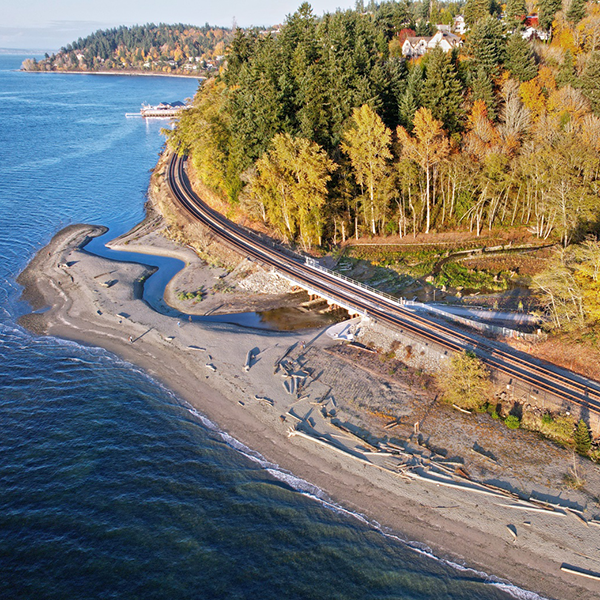
Meadowdale Beach Park and Estuary
Edmonds, Washington
The first pocket estuary restoration along BNSF Railway’s 46 miles of mainline track bordering Puget Sound, Meadowdale Beach Park plays a critical role in the survival of threatened species such as Chinook salmon and Southern Resident orcas.
A 130-foot span railroad bridge replaces the undersized culvert below the railway, removing a fish barrier and restoring sediment flow, a habitat-forming process essential to Puget Sound’s ecosystem. Anchor QEA landscape architects led the restoration including fill removal, large wood placement, and revegetation.
A walkway meanders under the bridge, culminating at a beachfront plaza, providing safe ADA access and recreation opportunities.
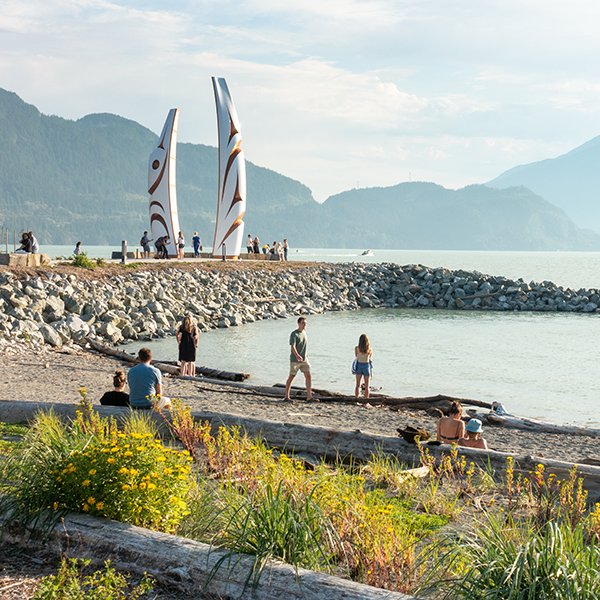
Sp’akw’us Feather Park
Squamish, British Columbia
Once a highly contaminated industrial pulp mill site, Sp’awk’us Feather Park is now an activated 100-acre waterfront at the heart of the Oceanfront Squamish development.
Anchor QEA’s integrated landscape architecture and engineering team led the site remediation and design to transform this property into a public amenity that provides community access to Howe Sound, a world-class windsports destination, and Squamish First Nation access to culturally significant edible marsh species. The design centers around a human-powered watercraft windsports beach, a general-use beach, and a traditional intertidal root garden.
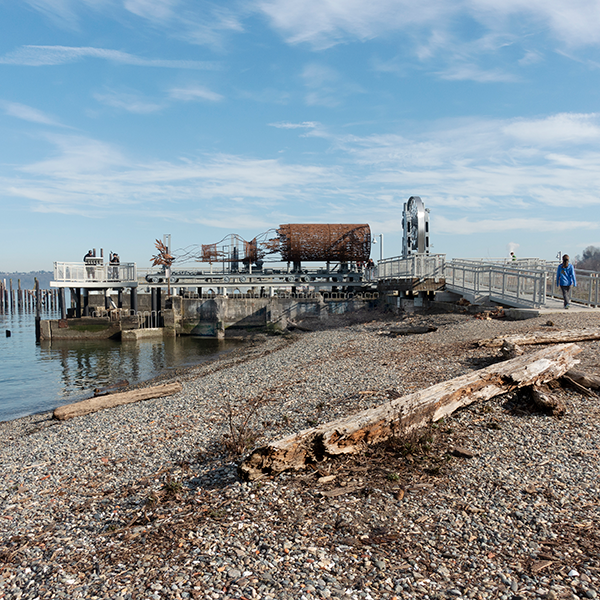
Dickman Mill Park and Head Saw
Tacoma, Washington
Set within a restored landscape along Tacoma’s bustling Ruston Way, Dickman Mill Park balances public enjoyment with Puget Sound ecology and historical human use. The design incorporates intentional placement of artifacts, interpretation, and improved access to this public shoreline, bringing together native plantings, art, and coastal resiliency design strategies.
The award-winning landscape architecture and restoration reflect thoughtful research into the Dickman Lumber Mill’s history and mechanical processes through preservation of the massive head saw, carriage, on-site foundations, and views of the bay. The Ghost Log sculpture represents old-growth timber alongside traditional basket weave and cedar boughs sacred to the Puyallup Tribe.
Anchor QEA leads environmental impact assessments, due diligence, and permitting compliance for wind energy facility siting nationwide.
From habitat and biological assessments to compliance oversight under Section 106 of the National Historic Preservation Act, our team provides start-to-finish development and support.Learn more about our offshore wind services.
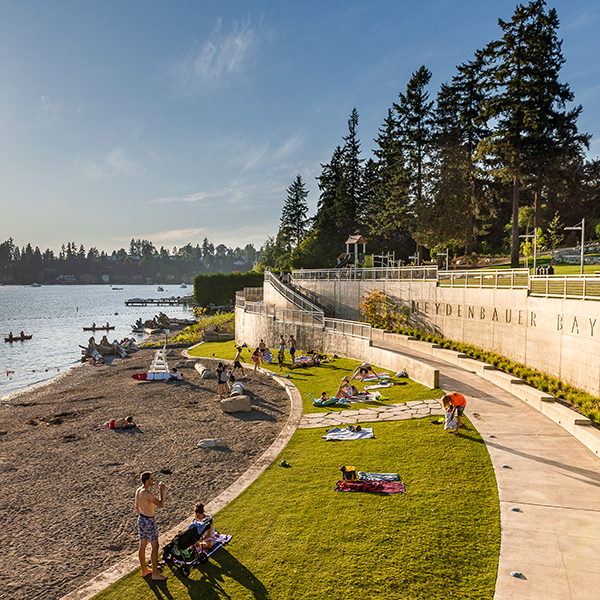
Meydenbauer Bay Park
Bellevue, Washington
Meydenbauer Bay Park realizes the City of Bellevue’s vision to connect its downtown to its waterfront origins. A formerly private waterfront is now a 7-acre public park with a swim beach, open hillside, and a variety of pathways built into a dynamic shoreline on a very steep slope.
Anchor QEA led the design and restoration for this first phase, including habitat and ecological process restoration featuring a salmon-friendly shoreline and low-impact development techniques throughout. Artwork, including tiles depicting local historical imagery, reflects the site’s human and natural history, and a pedestrian pier extends from the park’s uplands to an overwater viewpoint.
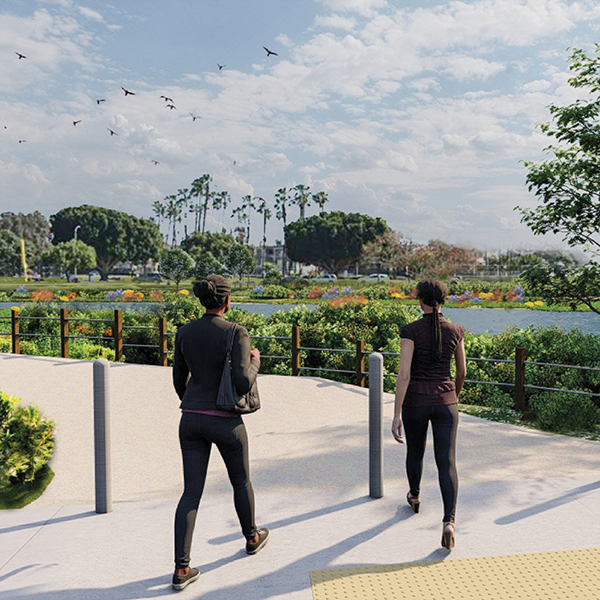
Colorado Lagoon Restoration
Long Beach, California
Colorado Lagoon is an 18-acre saltwater tidal lagoon hydraulically connected to Alamitos Bay and the Pacific Ocean via an underground culvert. As a result, water quality is impacted by runoff from an urban watershed.
The restoration design will improve water and sediment quality as well as aquatic and shoreline habitats for recreational use. Features include a new decomposed granite walking trail, a reclaimed water irrigation system, replanting of native species, and a vegetated bioswale to help remove pollution from surface runoff water.
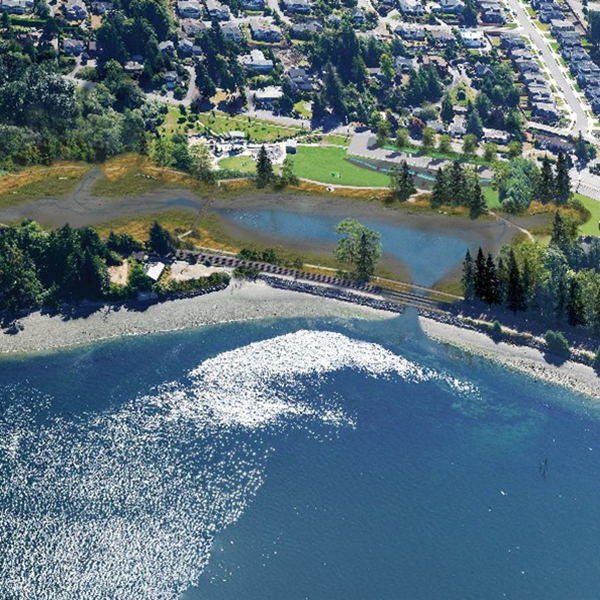
Titlow Park Lagoon Restoration
Tacoma, Washington
At Titlow Park, a BNSF railway separates 4.7 acres of estuary lagoon from Puget Sound, limiting tidal exchange connection. The design restores the lagoon estuarine marsh and riparian habitats by removing city-owned culverts within a railroad embankment and constructing a new nearly 100-foot span railroad trestle bridge. Elevated pathways and new pedestrian bridges support sea level rise resiliency and improve recreational amenities for community use.
Anchor QEA landscape architects, in collaboration with Metro Parks Tacoma, led a multidisciplinary team for park and BSNF bridge design, habitat restoration design, environmental permitting, public outreach, and grant coordination for the 75-acre park.
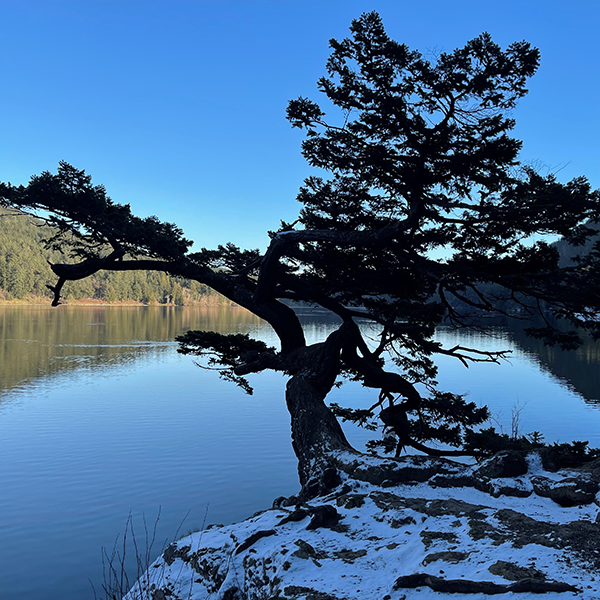
Moran State Park
Orcas Island, Washington
Moran State Park is a recreational gem in the San Juan Islands. Many of its historical facilities were constructed in the 1920s and 1930s, and the last major renovation was completed in the 1970s. Since then, much of the park is urgently in need of renovation or replacement to continue accommodating growing amounts of visitors to the island.
To both restore and protect historic structures and sensitive natural areas, Anchor QEA created an ultimate renovation and phased implementation plan for the 5,400-acre park.
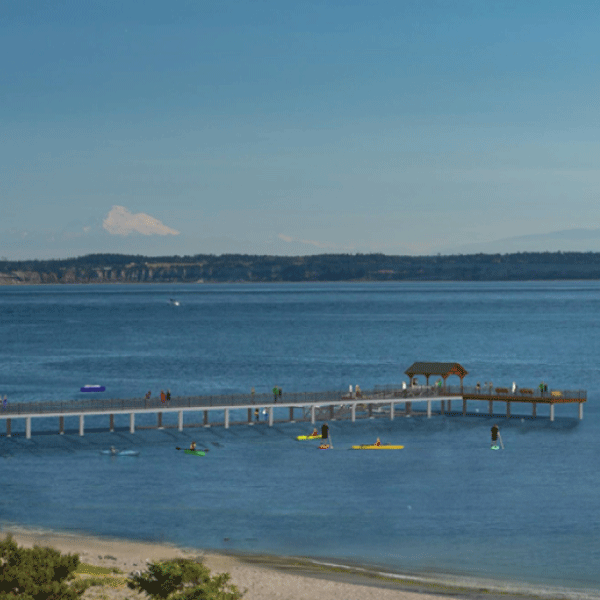
Fort Worden Historical State Park
Port Townsend, Washington
Fort Worden’s important cultural, ecological, historical, and recreational resources draw visitors from across the Puget Sound region. To improve the shoreline environment and create new recreational opportunities, the rehabilitation design strategy incorporates long-term durability, habitat restoration, and coastal modeling that considers sea level rise over the next 50 years.
The design includes reconstruction of an existing boat launch, removal of the historic World War II pier, construction of a new pedestrian-scaled pier, and restoration of a dynamic shoreline environment.

First Mile Horizontal Levee
Hayward, California
This innovative, nature-based solution for the East Bay Dischargers Authority blends flood protection, habitat restoration, and treated wastewater nutrient removal into one elegantly engineered system.
With more intense storms leading to more frequent and costly California coastline flooding, this levee project seeks to provide resilience to rising sea levels. Anchor QEA is leading the design and permitting for the project.
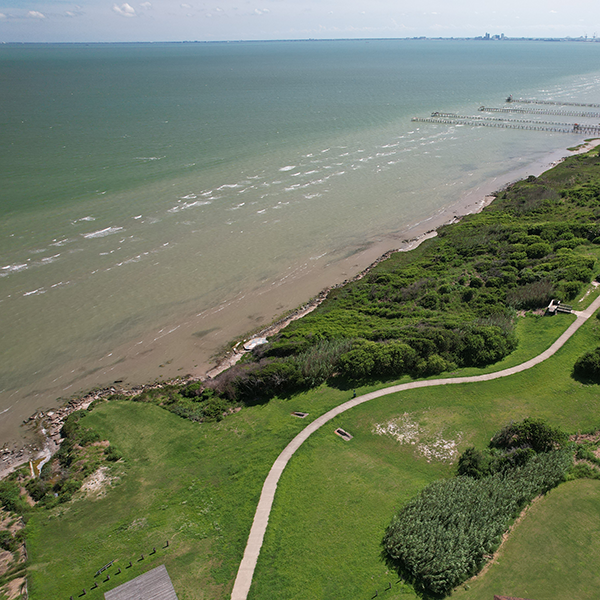
Violet Andrews Park
Portland, Texas
Violet Andrews Park includes approximately 1,300 linear feet of shoreline and is a worldwide destination for water sports such as kiteboarding.
Anchor QEA developed a conceptual park renovation plan that balances recreation with restoration, supporting the City of Portland’s goal to improve public shoreline access and safety while expanding upland park activities. Design features include a larger access point to the water for kiteboarders, walking trails, a playground, and additional bathrooms and parking.
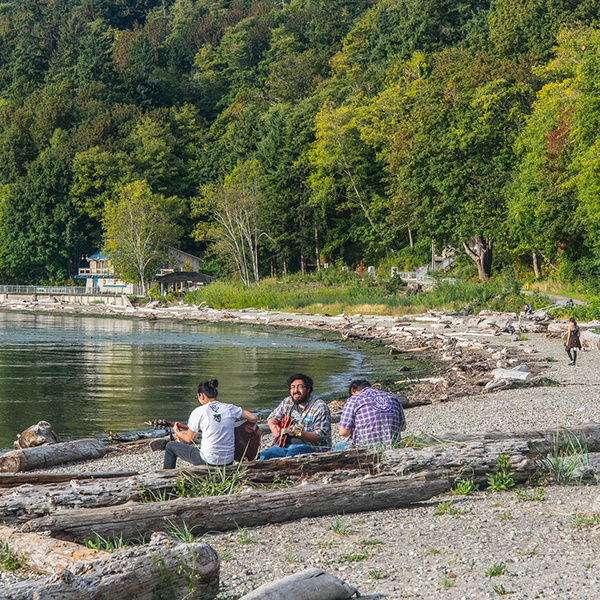
Seahurst Park Restoration
Burien, Washington
Seahurst Park is the largest seawall removal project on Puget Sound. This award-winning restoration exemplifies how to holistically plan and design a resilient coastal zone that simultaneously supports ecological function and a diverse community.
Spanning 12 years of planning, design, and construction, Anchor QEA landscape architects set the ecological foundation by balancing protection of Endangered Species Act-listed salmon with improved recreation, environmental education facilities, and sustainable infrastructure. The park is now a multilayered, resilient open space that benefits people and wildlife.
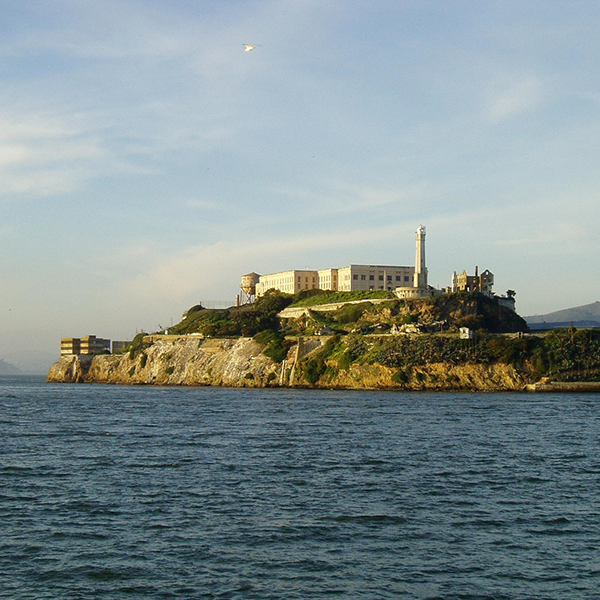
Alcatraz Ferry Embarkation
San Francisco, California
Alcatraz Island is the most visited site in the Golden Gate National Recreational Area, receiving 1.8 million visitors annually. Anchor QEA landscape architects supported the environmental impact study by developing multiple alternatives to improve the visitor experience and water transportation services between Alcatraz Island and San Francisco.
Pier 31 1/2 was identified as the preferred site with the best mix of indoor and outdoor program areas, including interpretive areas, ticket queuing, boat staging, and rehabilitation of the pier shed.
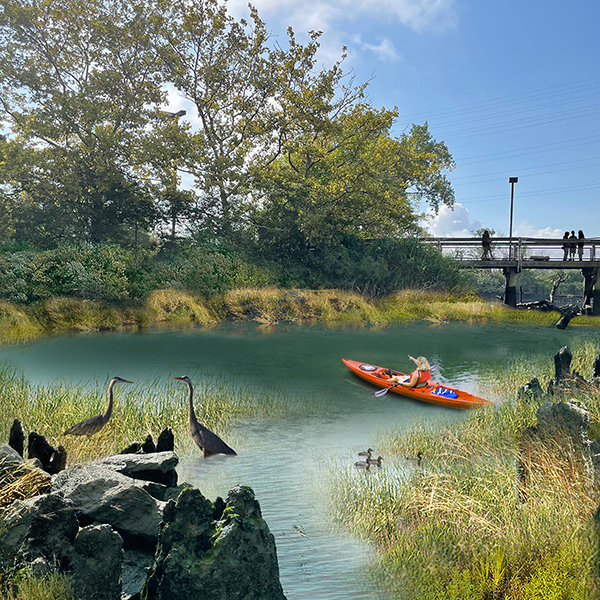
Christina-Brandywine River Resilience
Wilmington, Delaware
Winding through culturally and historically important areas that are home to some of the most vulnerable communities in Delaware, this project will address legacy toxic contamination through remediation to make the Lower Christina-Brandywine River swimmable as quickly as possible.
Anchor QEA is working with American Rivers to develop a comprehensive database for the river through narrative maps, online videos, and web links that convey the watershed history and future resilience strategy; engage and facilitate community input; and develop ecological restoration design for up to 10 projects.
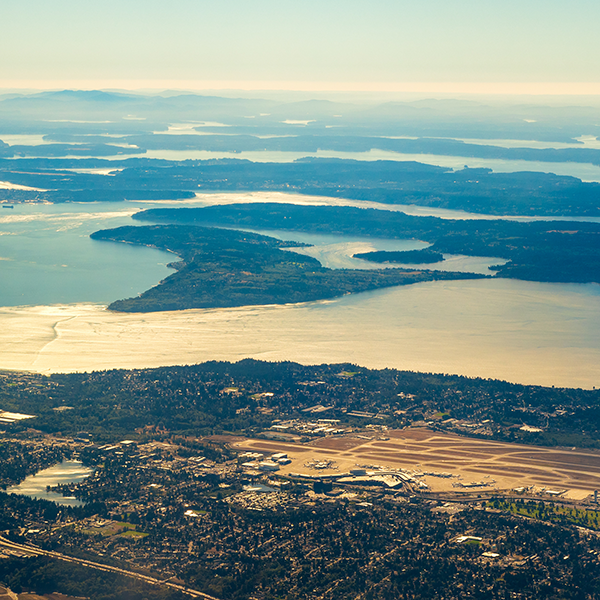
SEA Land Stewardship Plan
SeaTac, Washington
In collaboration with the Port of Seattle, Anchor QEA developed Seattle-Tacoma International Airport (SEA)’s first Land Stewardship Plan to improve the sustainability of SEA land use and operations by increasing the ecological and community benefits provided by trees, forest, and other habitat. Current and future land uses were analyzed and habitat restoration and tree canopy expansion opportunities and goals were identified.
Concurrently, Anchor QEA worked with the Port to develop SEA Tree Replacement Standards to help manage and implement tree replacement, invasive species removal, and heritage tree protection.
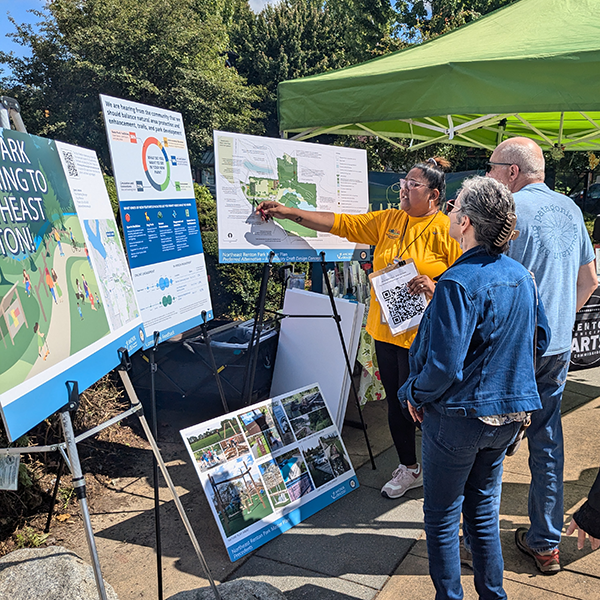
May Creek Park Master Plan
Renton, Washington
In alignment with the May Creek Greenway vision, Anchor QEA led the master planning development of a new park for the City of Renton. Located along May Creek, the park design will restore and enhance this salmon-bearing stream and riparian habitat while also providing public access through a network of trails, viewing areas, recreational space, and amenities.
A comprehensive stakeholder and community involvement plan led by Anchor QEA identifies equitable and inclusive strategies and tools. Outreach during master planning development culminated in a preferred design concept.
We look forward to continuing the conversation.
Our People
As Anchor QEA’s landscape architecture practice lead, Anna is focused on planning, designing, and implementing public shoreline projects that serve people and benefit the environment. Anna leads multidisciplinary teams to understand the dynamic interface of water and land and then identify how to balance seemingly conflicting project goals, such as expanded public access and recreation, alongside ecological restoration.

Anna Hook Spooner
PLA, ASLA, ENV SP
Explore our offshore wind experience.
Meet The Team
Lorem ipsum odor amet, consectetuer adipiscing elit. Morbi congue eget, elementum iaculis nulla enim.
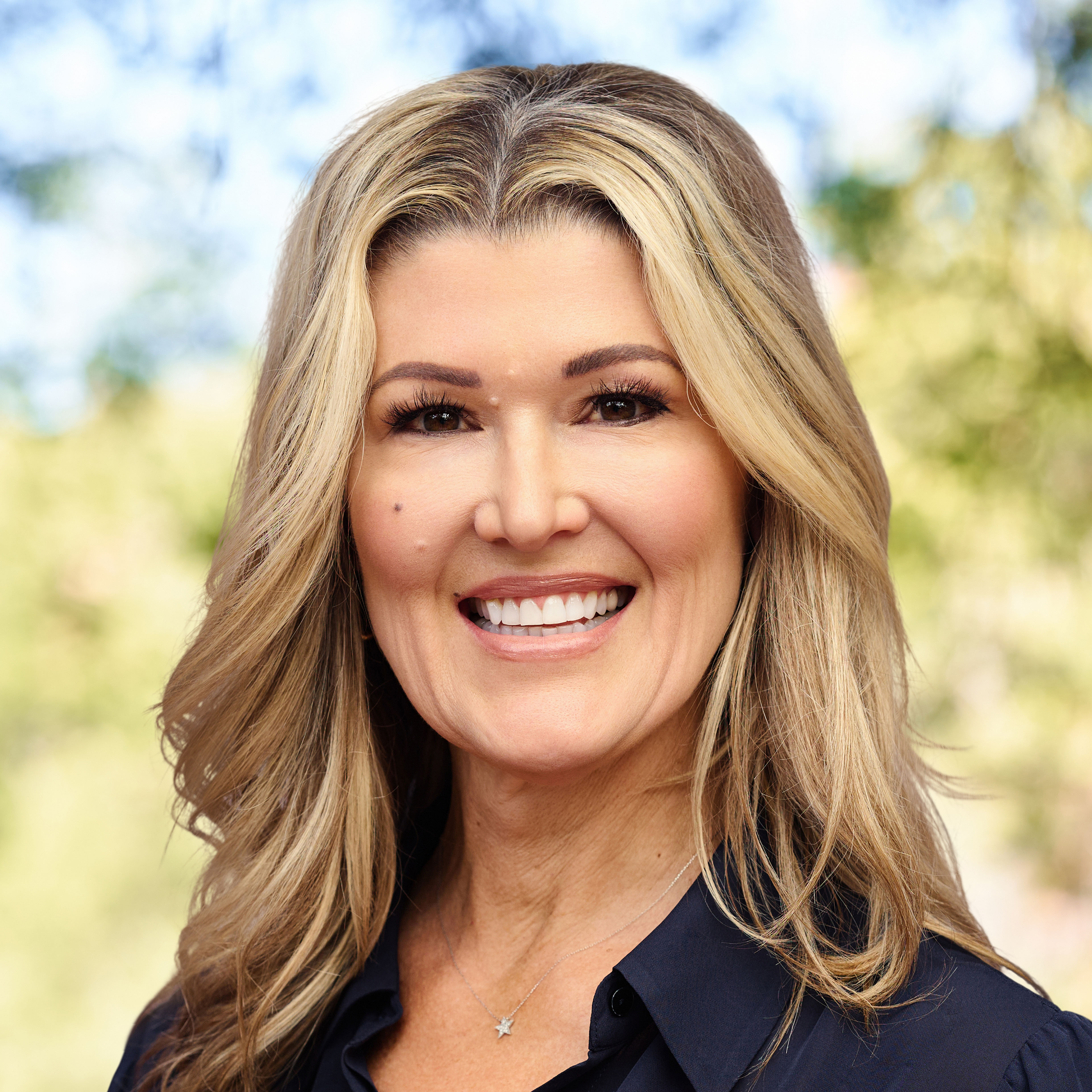
Gretchen Taylor
Get in Touch with Anchor QEA
The headline and subheader tells us what you're offering, and the form header closes the deal. Over here you can explain why your offer is so great it's worth filling out a form for.
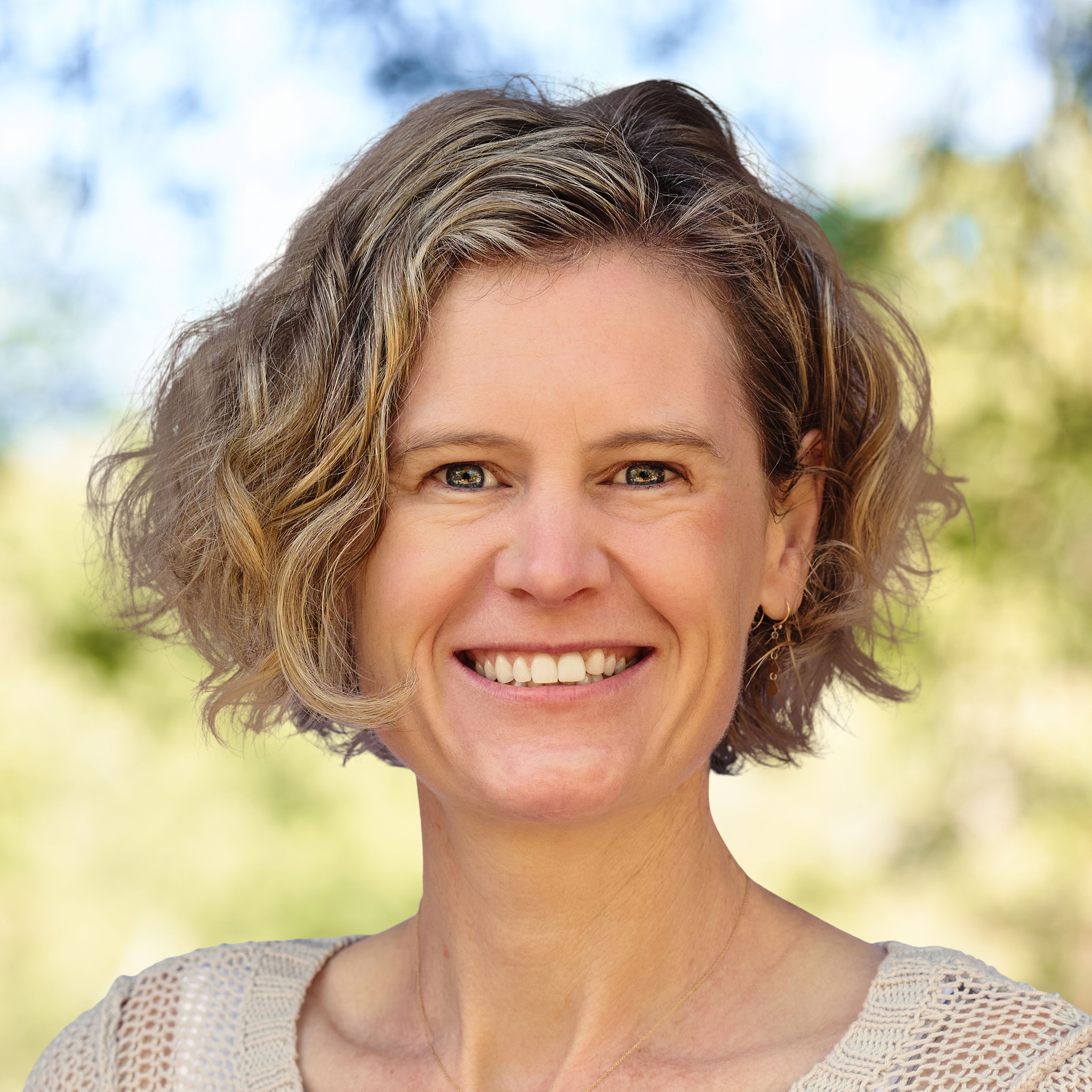
Anna Spooner
Principal Landscape Architect
PLA, ENV SP, ASLA
aspooner@anchorqea.com
Anna focuses on planning, design, and implementation of projects with important natural and cultural resources that serve people and benefit the environment. She understands the dynamic interface of water and land and how to balance seemingly conflicting project goals, such as expanded public access, alongside ecological restoration.
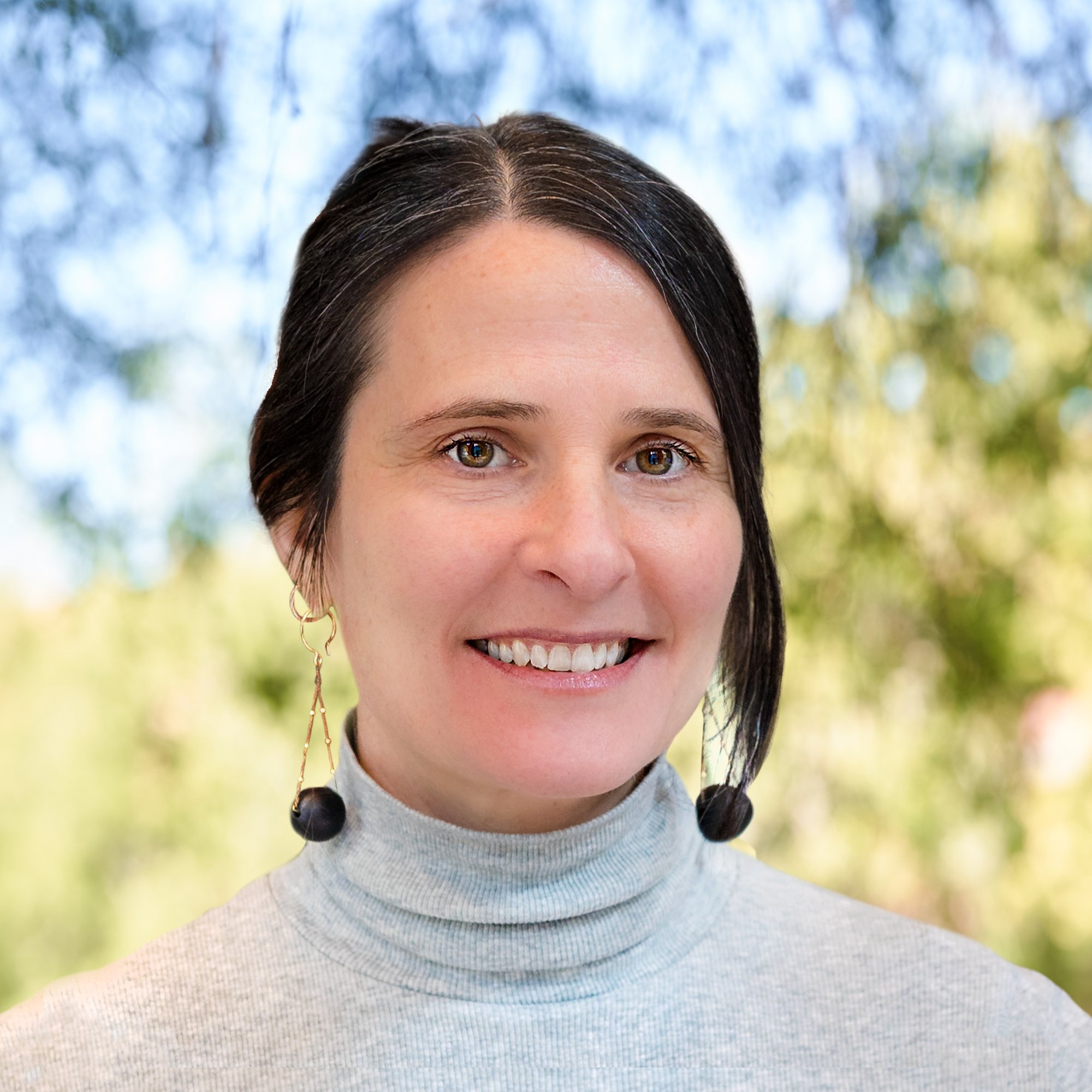
Arielle Farina-Williams
PLA, ASLA, LEED AP
Managing Landscape Architect
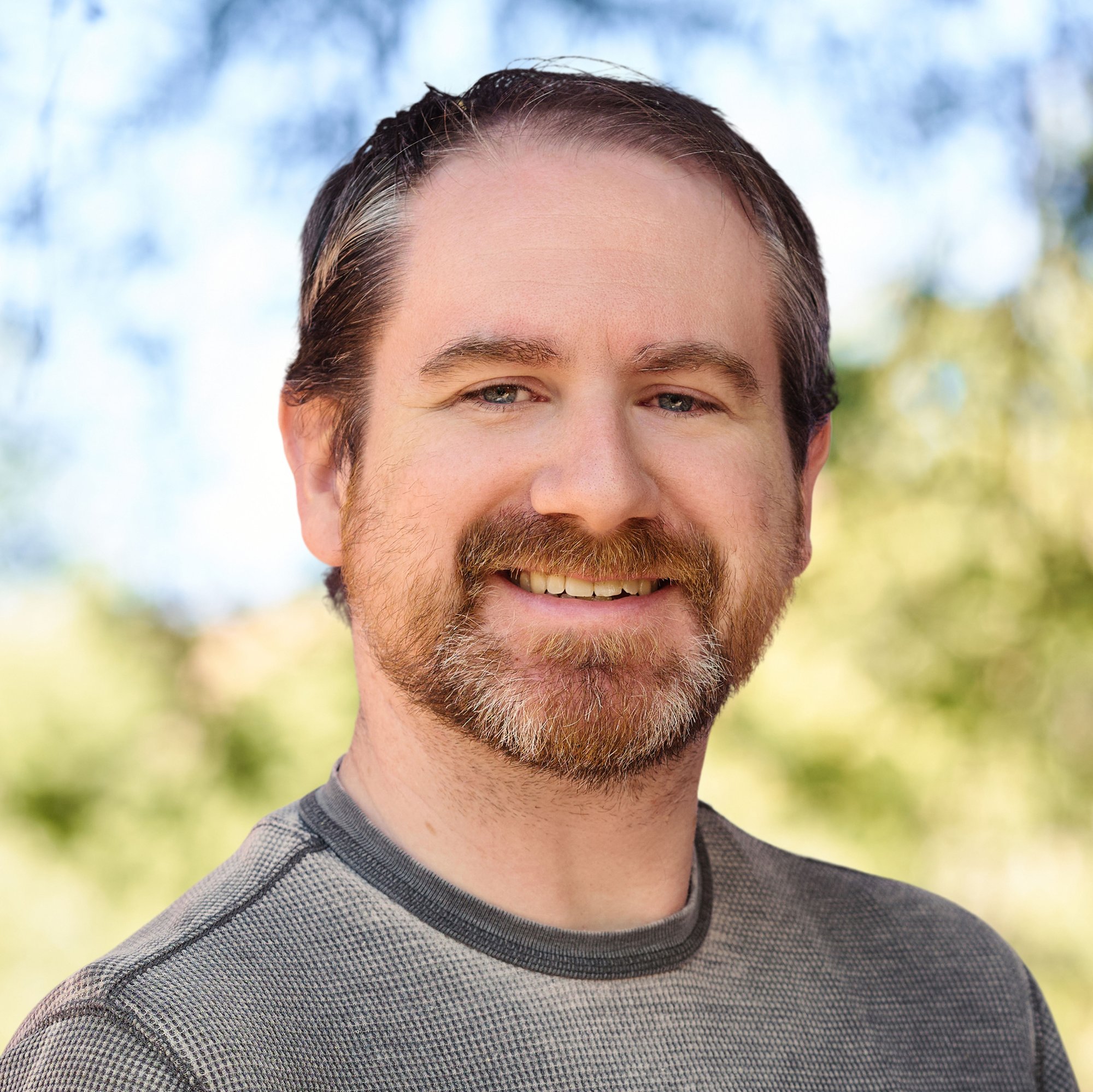
Chris Hewett
Landscape Designer
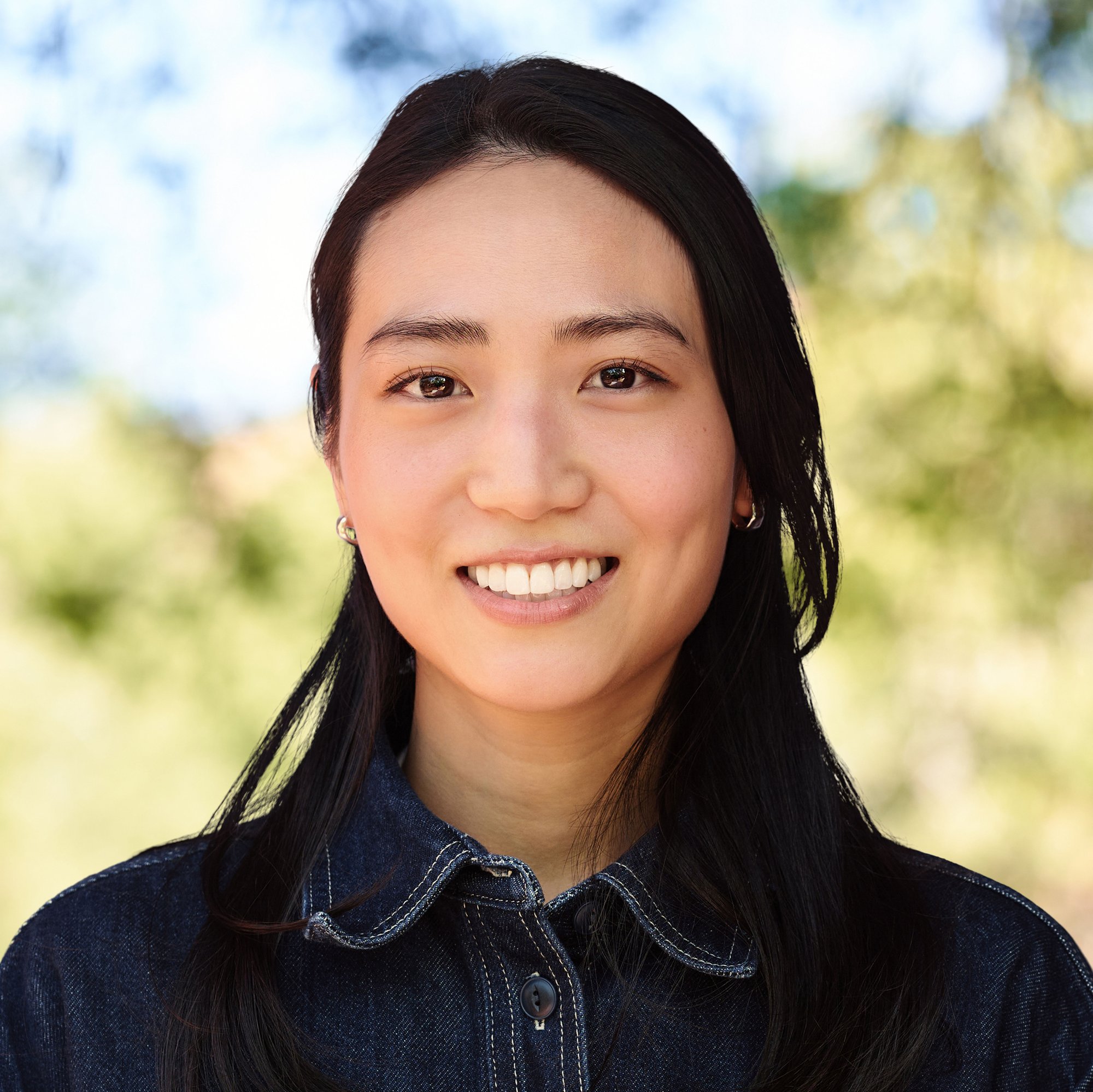
Cresha Wee
PLA
Landscape Architect
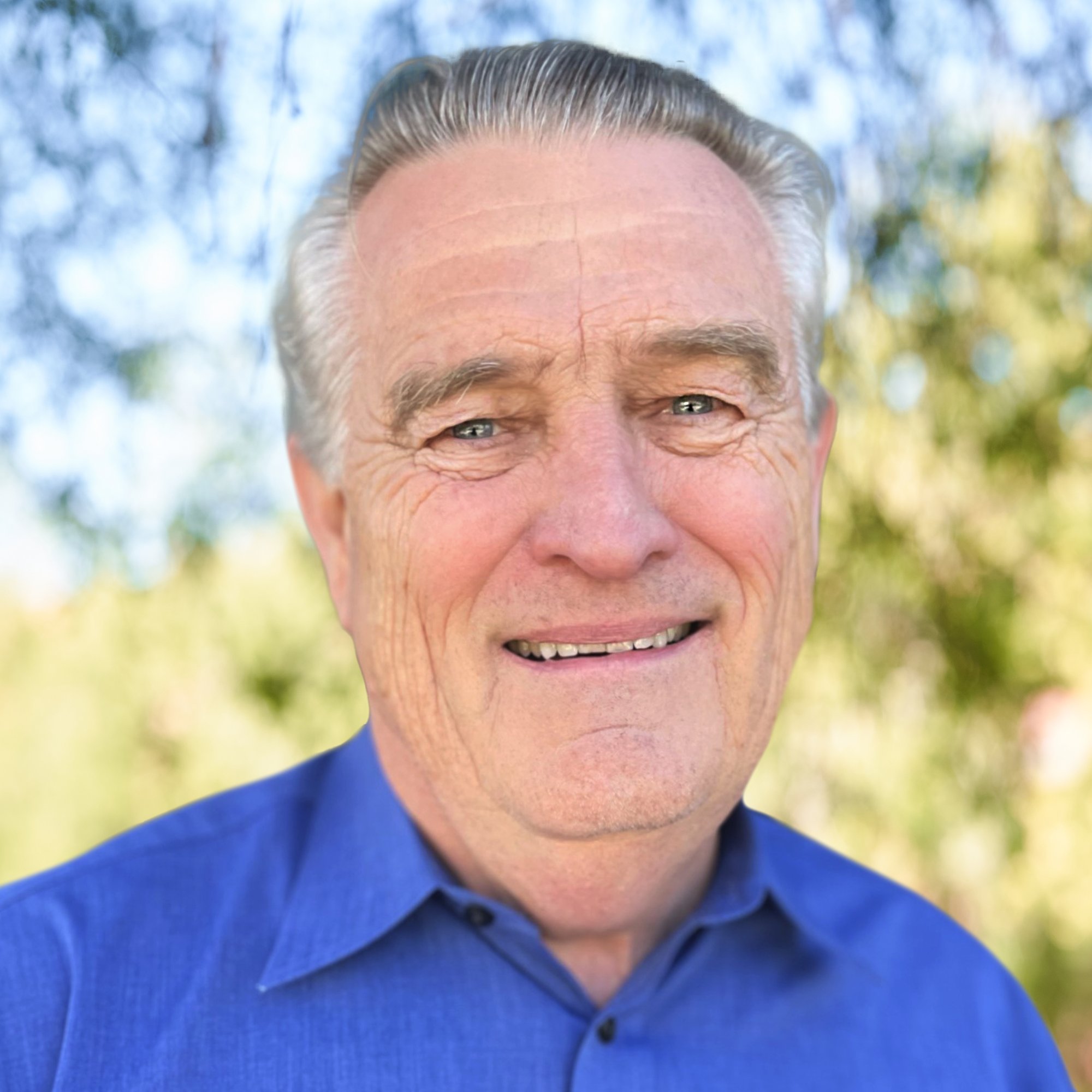
Dana Seelig
PLA
Landscape Architect
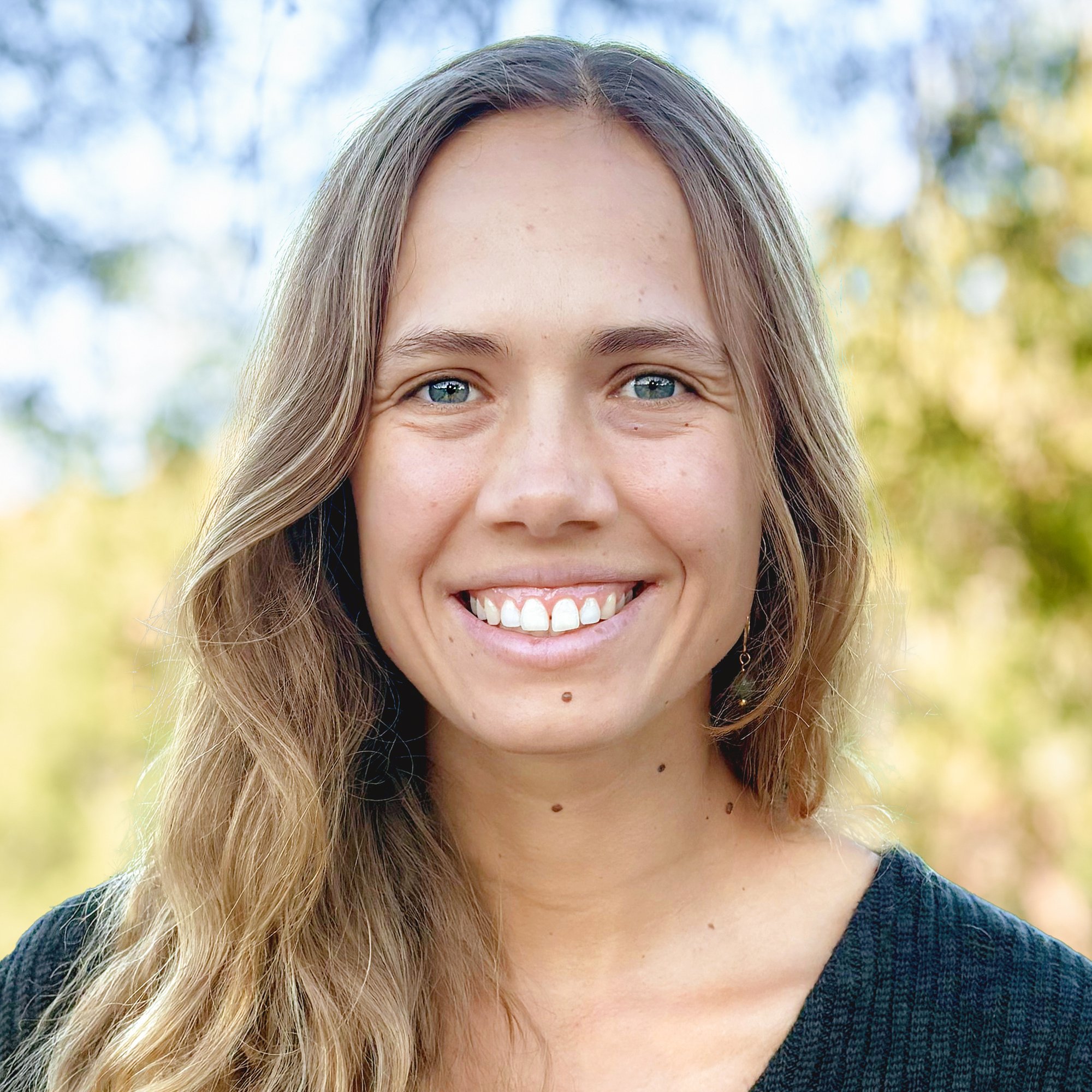
Isabelle Doerschlag
Landscape Designer
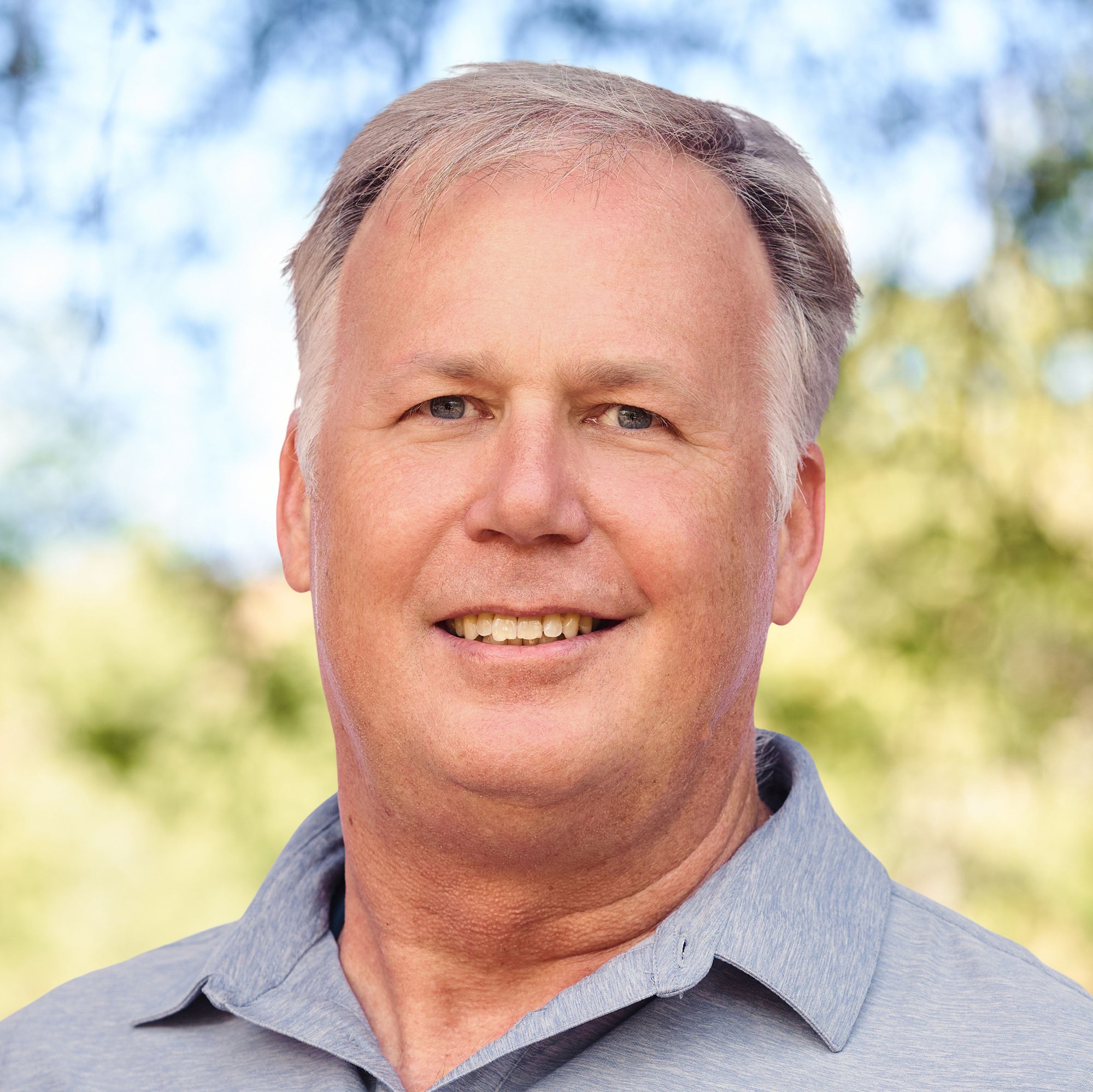
John Small
PLA
Principal Landscape Architect
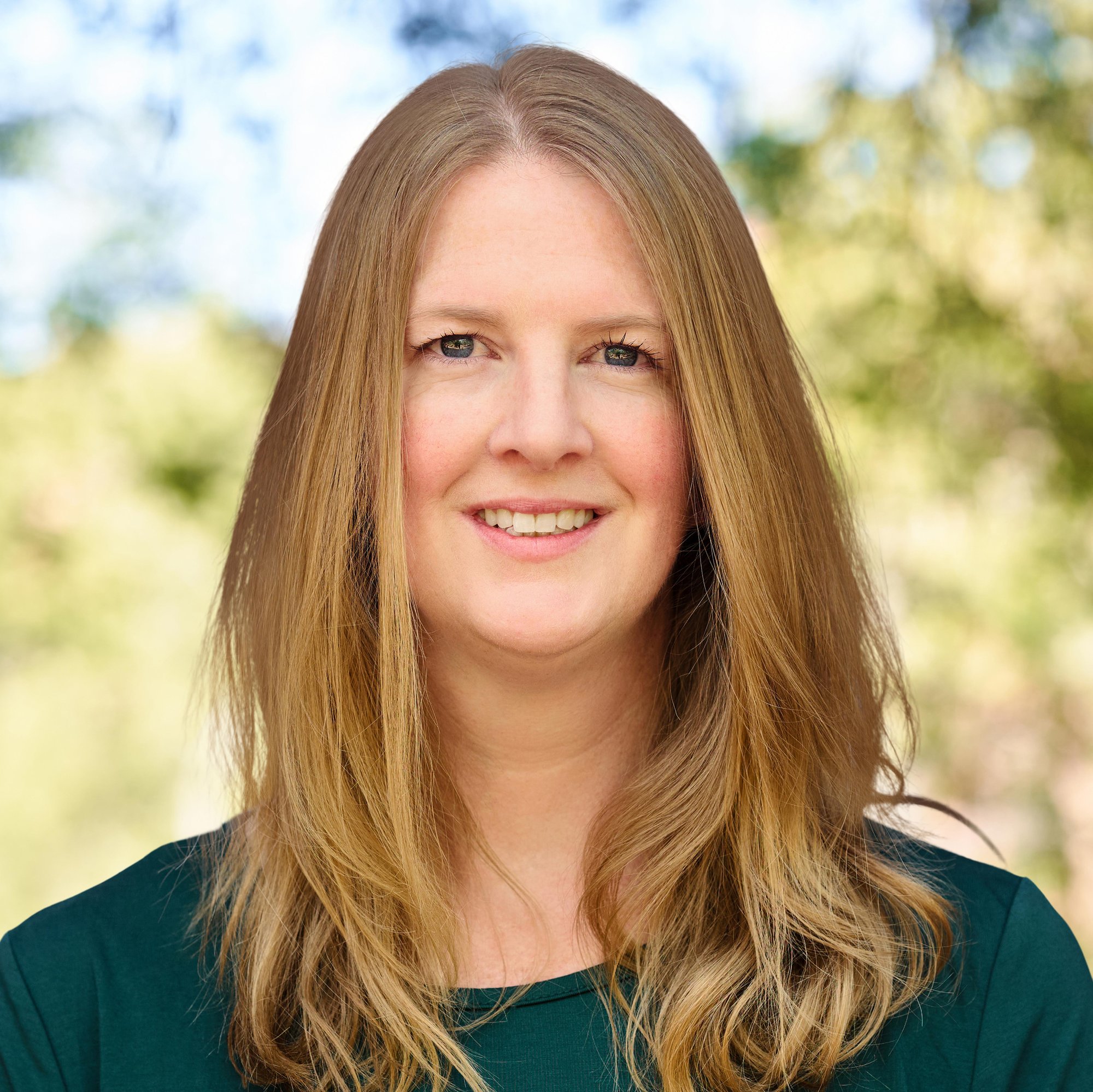
Rachel Andersen
Landscape Designer
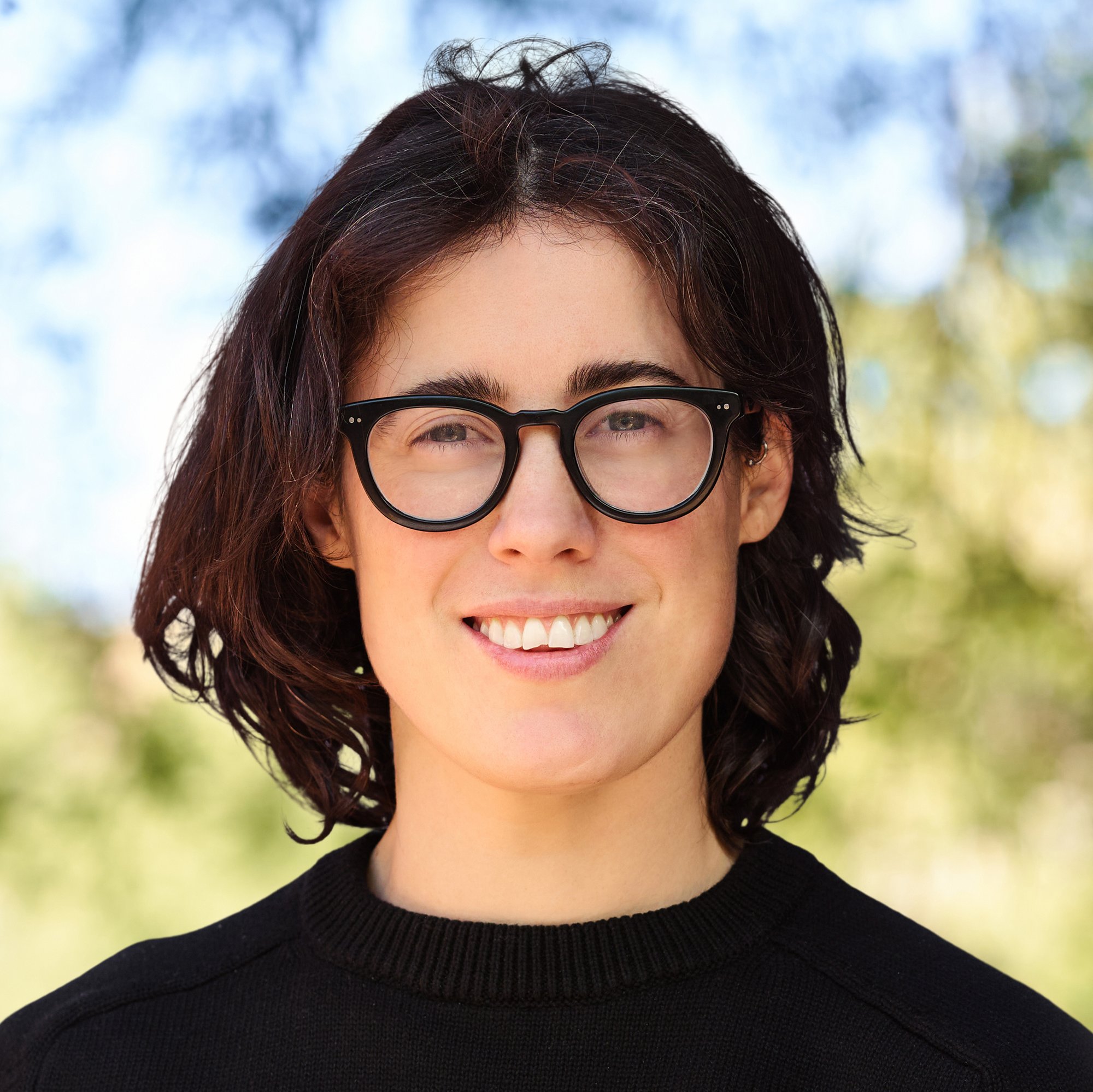
Reid Farnsworth
Landscape Designer
National Reach, Local Knowledge

2025 | ASLA, Washington Chapter, Honor Award, General Design, Private Ownership Category | Sp'akw'us Feather Park
2025 | CSLA Medium-Scale Public Landscapes Designed by a Landscape Architect (1 to 5 ha), National Award | Sp’akw’us Feather Park
2024 | ASLA, Washington Chapter, Award of Excellence, General Design, Public Ownership Category | Meadowdale Beach Park and Estuary Restoration
2023 | National Recreation and Park Association, Innovation in Conservation Award | Meadowdale Beach Park and Estuary Restoration
2022 | ASLA, Washington Chapter, Honor Award, General Design, Public Ownership Category | Dickman Mill Park Expansion and Head Saw Restoration
2022 | Washington Recreation and Park Association, Spotlight Facilities and Parks Award, Population Over 100,000 | Dickman Mill Park Expansion and Head Saw Restoration
2019 | ASLA, Washington Chapter, Merit Award, General Design, Public Ownership Category | Meydenbauer Bay Park Development
2018 | American Planning Association, Federal Planning Division Honor Award, Outstanding Collaborative Planning Project | Alcatraz Ferry Embarkation Environmental Impact Statement
2014 | Futurewise, Excellence in Protecting Natural Resource Areas | Seahurst Park Ecosystem Restoration

